Overnight we continued the choppy crossing of the Davis Strait. By lunchtime the wind had dropped, the sea was calm and the fog had cleared as we entered the icefjord at Ilulissat. Ilulissat in Inuit (Inuktituk) means icebergs.
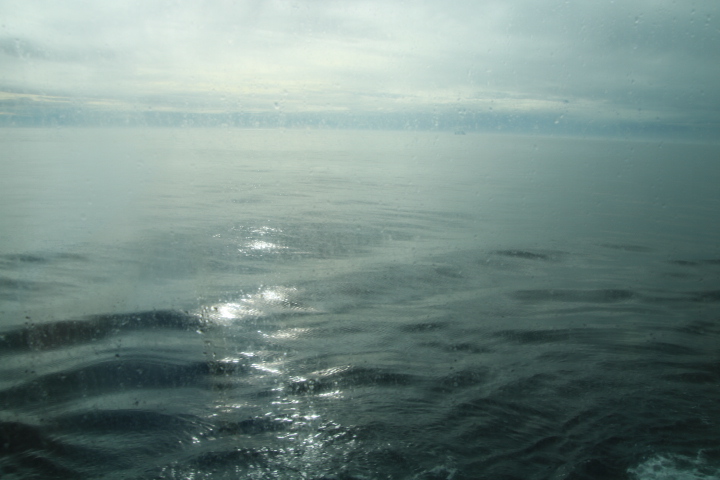
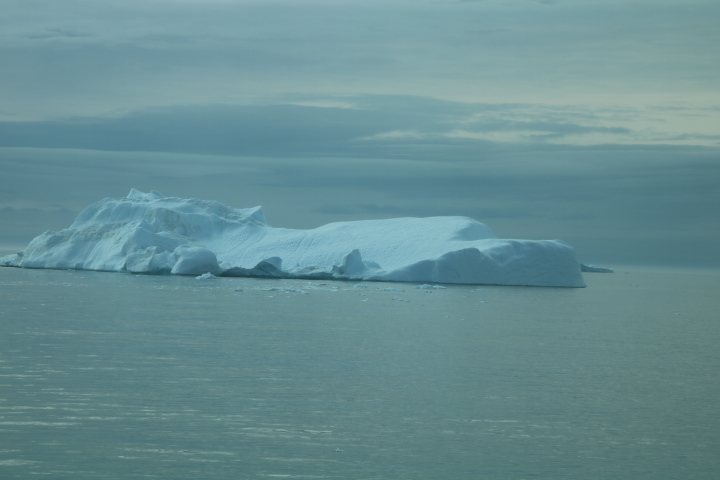

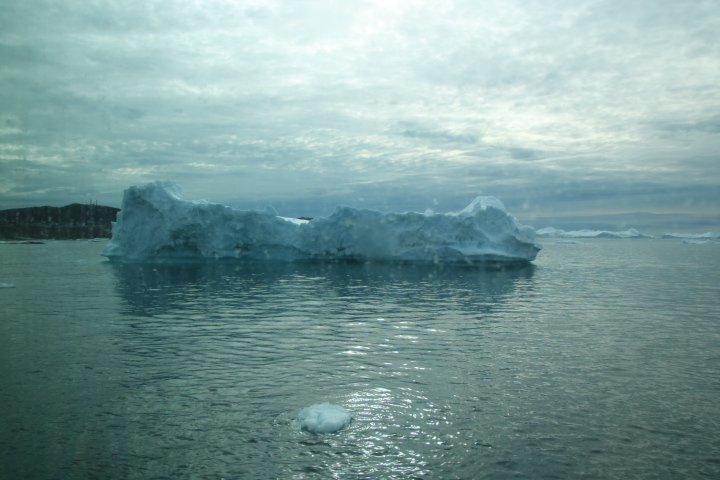
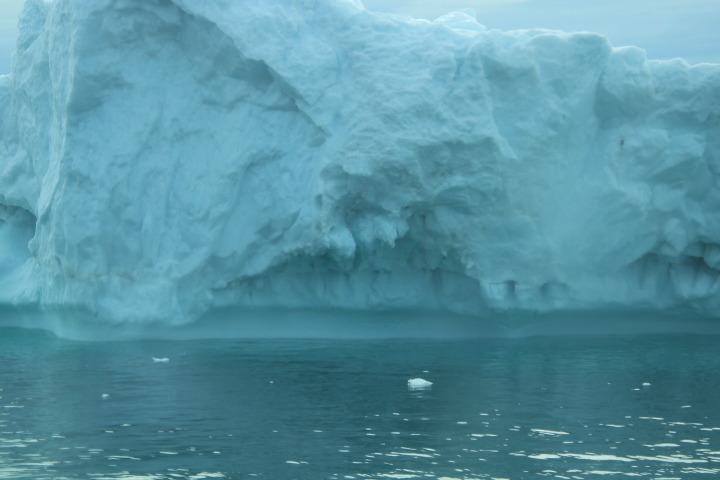
Our afternoon walk was through parts of the settlement that did not exist the last time we were here. The main industry is halibut fishing and the Greenland Fishery vessels were here in large numbers. The processing plant prepares the fish and seafood for export by bulk carrier, one of which was docked next door.
The Spar supermarket and other shops on the walk reflected the nature of the Far North.

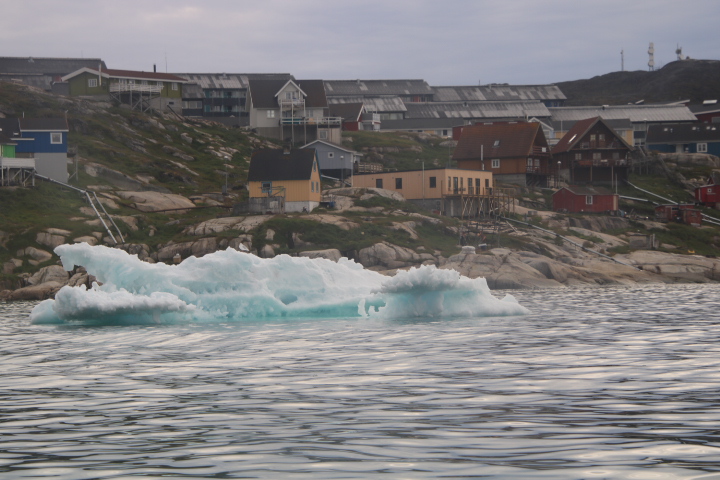
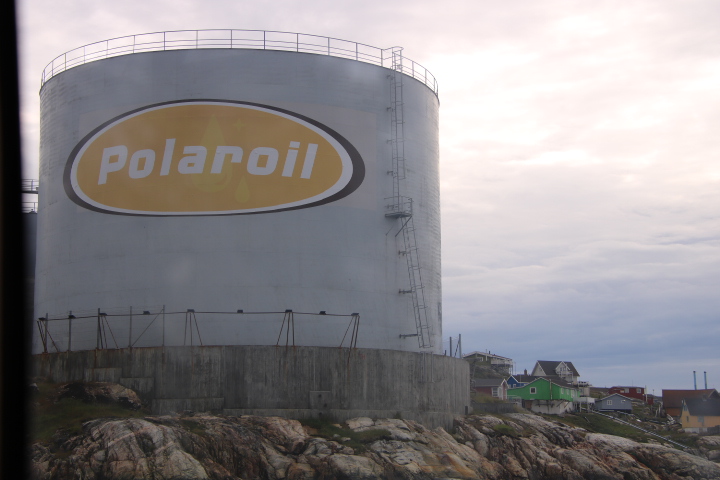
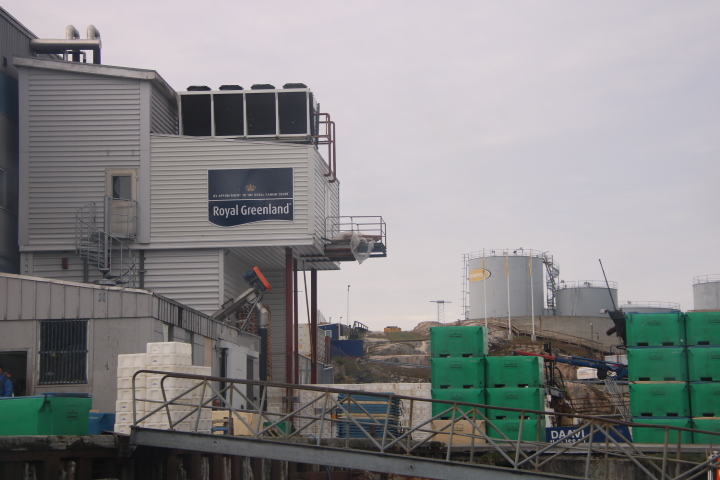
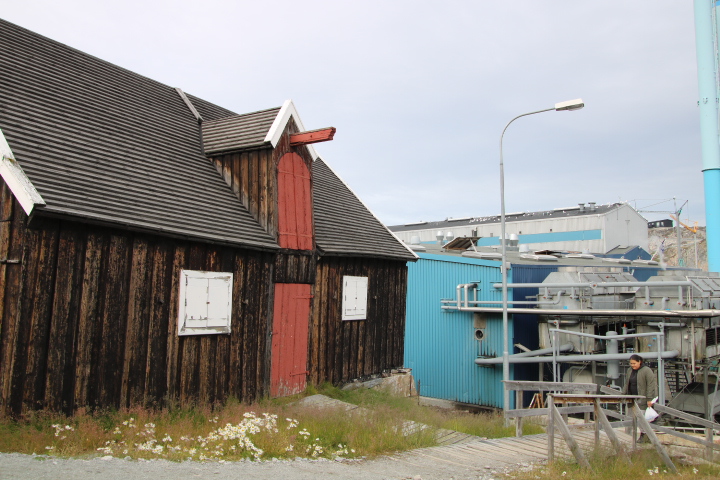
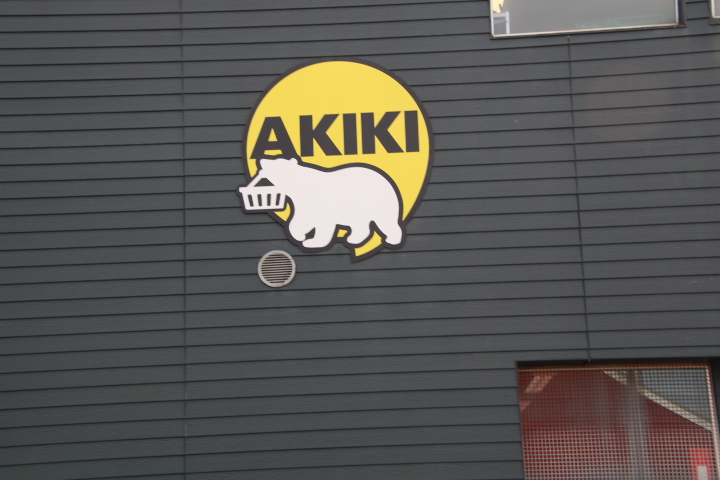

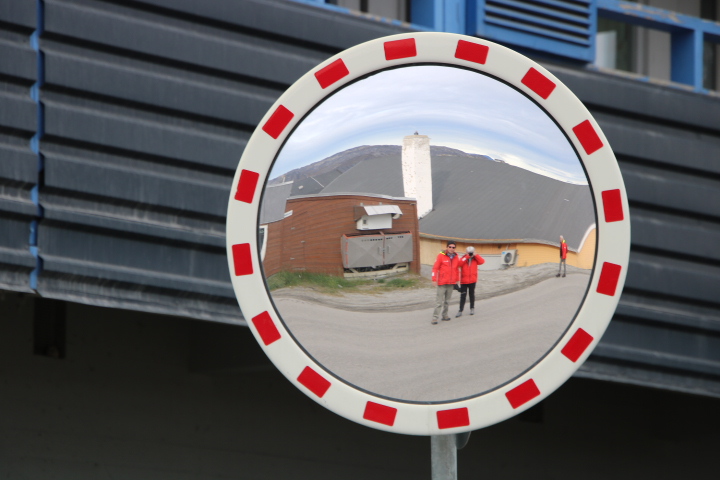
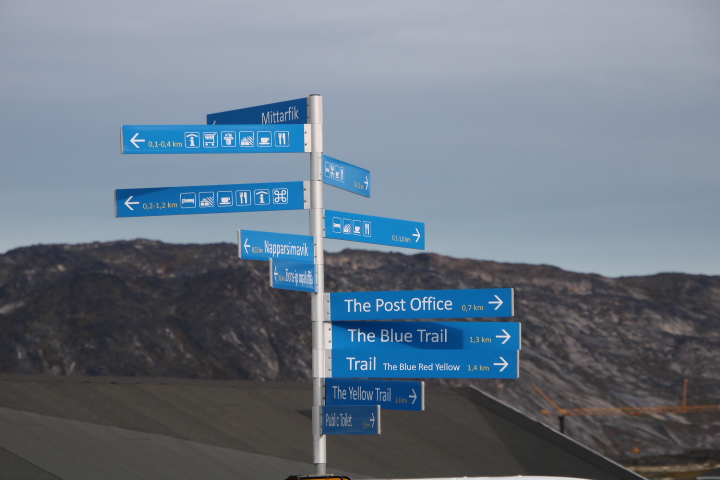
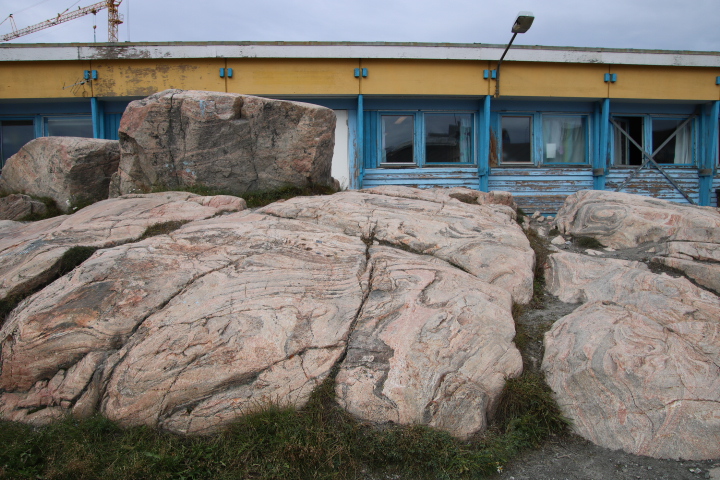

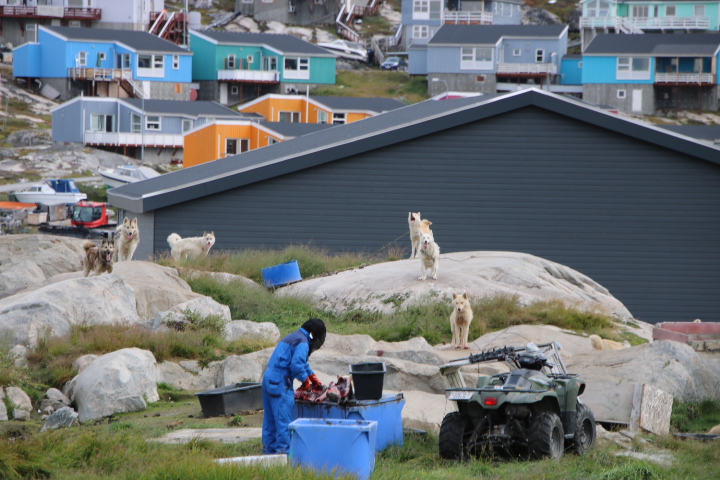
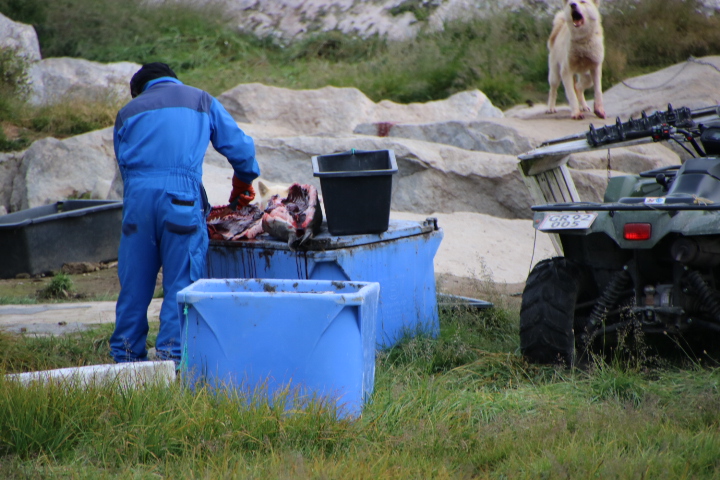

On the edge of town, The Icefjord Centre has explanations of the ice and how people have lived with it, as well as ice cores from the Ice Cap that date well into the early history of the Earth. All are different and show the weather, climate, vegetation and other events such as volcanic eruptions that have been experienced in this part of the world.
From here a boardwalk over the tundra enabled us to have an overview of the Icefjord.
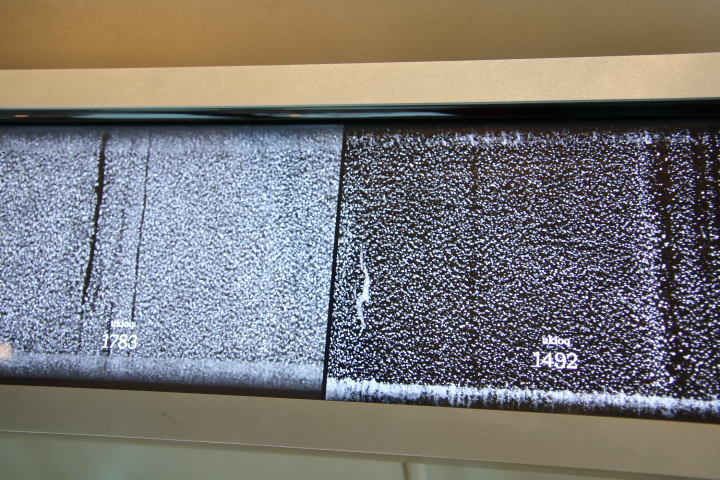


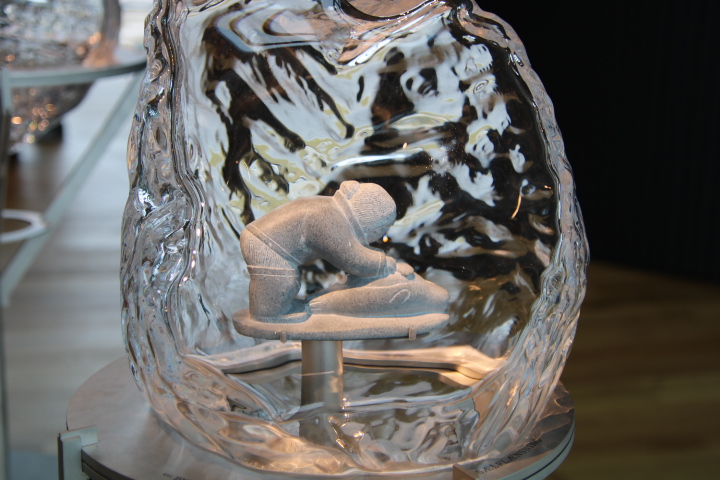
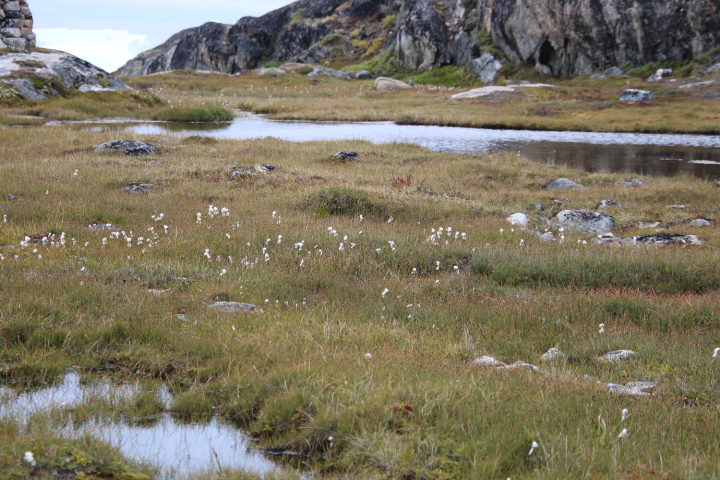
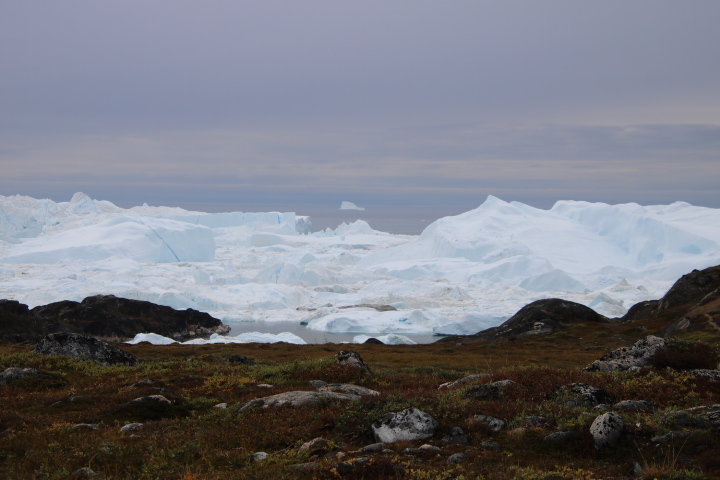
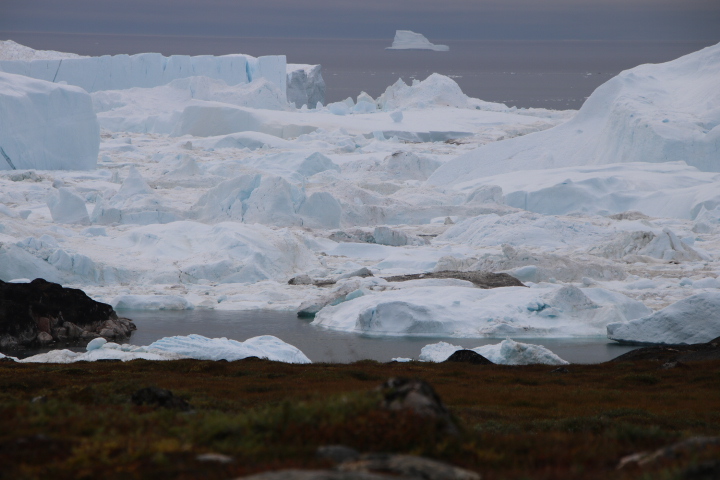

This is where the Ilulissat Kangerlua (Jakobshave Icefjord) meets the sea. From this icefield massive blocks of ice calve (break off) and are taken by wind and currents across the Davis Strait and Baffin Bay where they are caught by the southward flowing Labrador Current and into the Atlantic off Newfoundland and Labrador where they are constantly monitored to ensure maritime traffic is warned of the icebergs’ progress.
Last time we were here we toured the Icefjord by fishing boat where we toured icebergs which are amazingly big, beautifully carved and layered with colour from black to turquoise blue and pure white.
According to a guide book the Icefjord produces 20 million tons of ice per day, equal to the volume of water used by New York City in one year! It is thought that the first Europeans to visit here were the Vikings who hunted seals and walruses. The 17th century saw the settlement expand as the Dutch, English and Scottish whalers established onshore production centres. In 1780 the Danish king decided that the entire business should be only for Greenland and even had a naval battle to oust the Dutch from the harbour.
By 9:00 p.m. we were under way travelling south to our next destination.